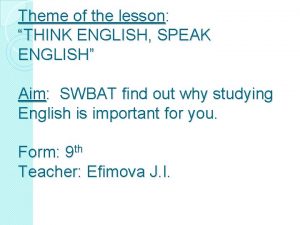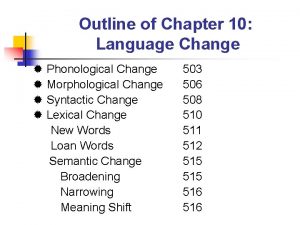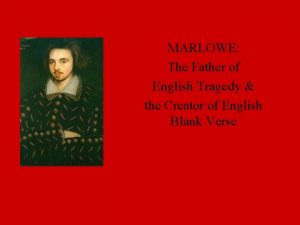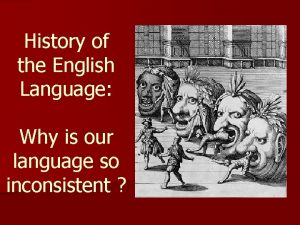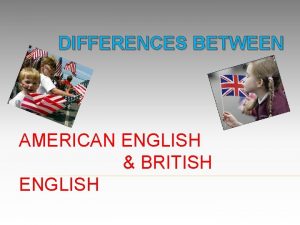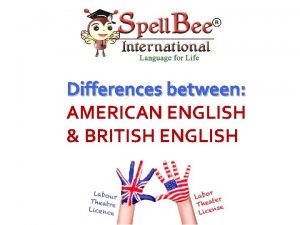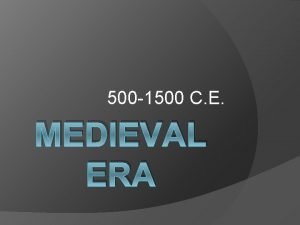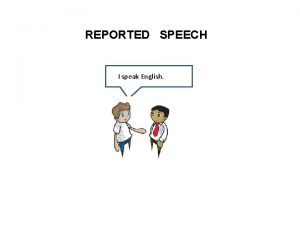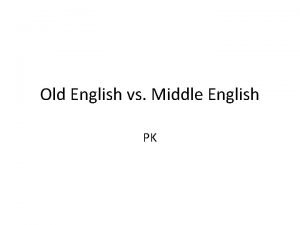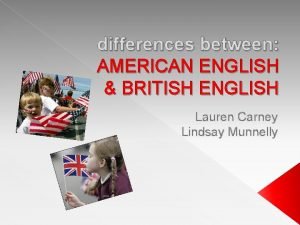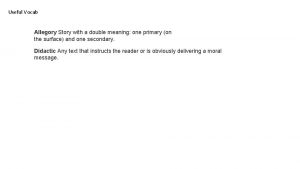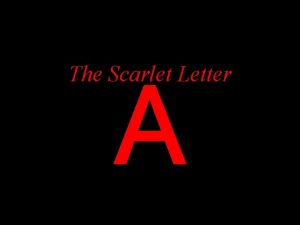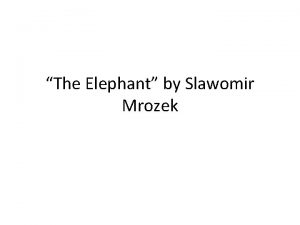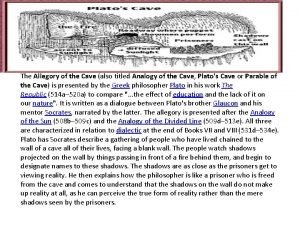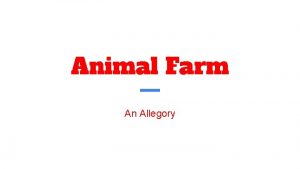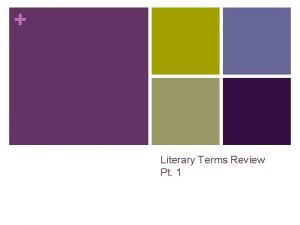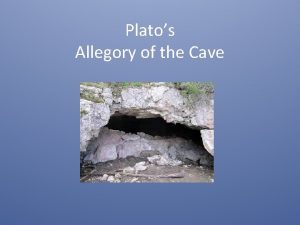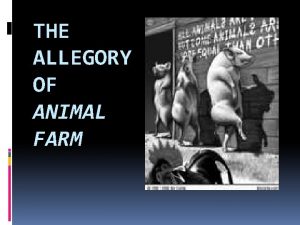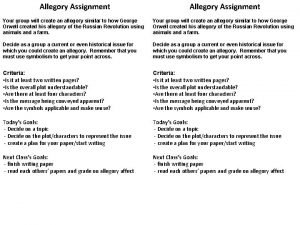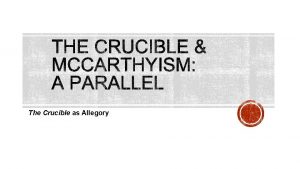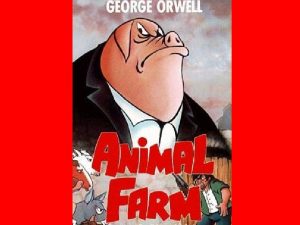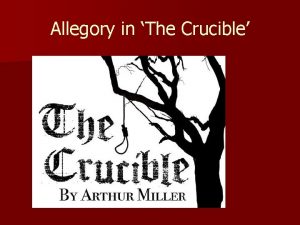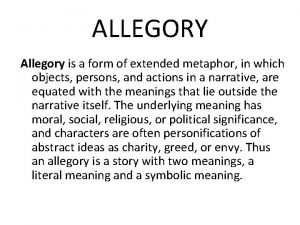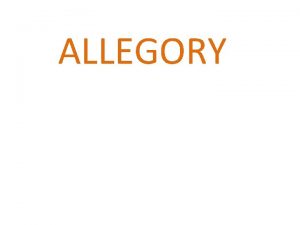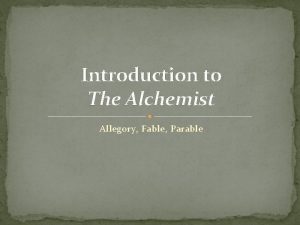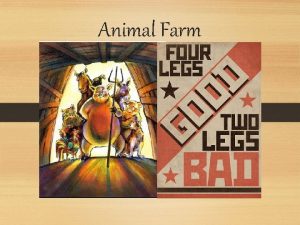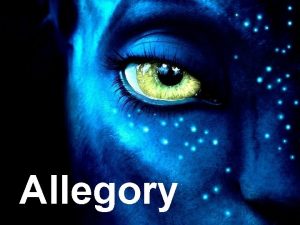ALLEGORY ENGLISH 2 E WHAT IS AN ALLEGORY
















- Slides: 16

ALLEGORY ENGLISH 2 E

WHAT IS AN ALLEGORY? • a layered story, poem, or picture which can be interpreted on a literal level as well as a metaphorical level. The allegorical interpretation typically reveals a moral, social, or political message. • a story in which the characters and events are symbols that stand for ideas about human life or for a political or historical situation. • a literary device in which characters or events in a literary, visual, dramatic, or musical art form represent or symbolize ideas and concepts.

FOR EXAMPLE, GEORGE ORWELL’S ANIMAL FARM

ANIMAL FARM, LITERALLY… • Don’t look for any hidden meanings or symbols. • What happens in the story? • Who are the characters? • The story is about crazy, power - hungry pigs who take over a farm and oppress their fellow animals.

ANIMAL FARM, ALLEGORICALLY… • Look for hidden meanings and symbols. • What could the events of the story represent? • Who do the characters symbolize? • George Orwell expects you to see the pigs as the communist leaders of Soviet Russia. • The Farm is meant to be the USSR. • Other animals on the farm represent different people or groups of people from Soviet Russia.

• While allegories use metaphor, symbolism, personification, and other literary devices to deliver their message, these devices are not by themselves an allegory. • When a whole story (long or short) is meant to be read as a representation of some human idea, concept, or historical event, it is an allegory and should be read beyond the literal meanings.

WHAT AN ALLEGORY IS NOT: MAUS, BY ART SPIEGELMAN

CHECK FOR ALLEGORICAL QUALITIES Well, it… • uses animals to tell the story, • communicates hidden meanings about different racial groups to tell a Holocaust survival story, • brilliantly uses symbolism and metaphor over the course of the entire story.

But, the story is • about real events, real places, and real characters, n a T O N y r o g e l l a • literally a biography of a Holocaust survivor and his son.

MORE EXAMPLES OF ALLEGORY Everyman, Anonymous • 15 th-century morality play that uses allegorical characters to examine the question of Christian salvation and what Man must do to attain it.


AESOP’S FABLES • A fable is a kind of allegory. • Aesop’s Fables were some of the first examples of allegory. • Aesop was a Greek story teller who lived around 620 – 564 BCE (200 years before Plato and pals!). • The stories attributed to him often use animals to tell allegorical stories.

“THE GRASSHOPPER AND THE ANTS”

LITERAL ANALYSIS • What happens in the story? • Who are the characters? • Literary devices? Read the story here.

ALLEGORICAL ANALYSIS • What could the events in the story represent? • What/who do the characters represent? • What is the moral, social, or political message?

YOUR TURN • With a partner, choose a picture book. • Read the story aloud as a group. • Conduct the analysis (handout) together. • When complete, staple your work together and turn it in!
 Think in english speak in english
Think in english speak in english Spoken english and broken english g.b. shaw summary
Spoken english and broken english g.b. shaw summary Tumoxan
Tumoxan Who is called the father of english tragedy
Who is called the father of english tragedy Old english vs modern english
Old english vs modern english Motorway in american english
Motorway in american english British and american english
British and american english Old english vs modern english
Old english vs modern english “i speak english” he said that he ……english
“i speak english” he said that he ……english 2000 in old english
2000 in old english The gap between written and spoken english
The gap between written and spoken english British and american word differences
British and american word differences Sheila birling
Sheila birling Scarlet letter a meaning
Scarlet letter a meaning Satirical allegory examples
Satirical allegory examples Crucible allegory
Crucible allegory Allegory of the cave fahrenheit 451
Allegory of the cave fahrenheit 451
